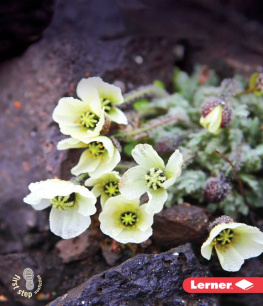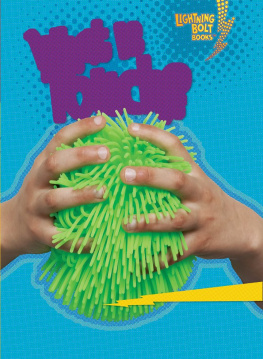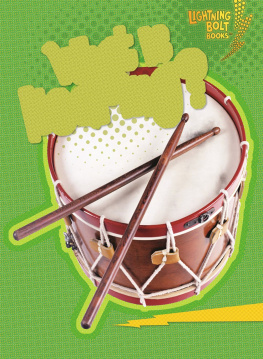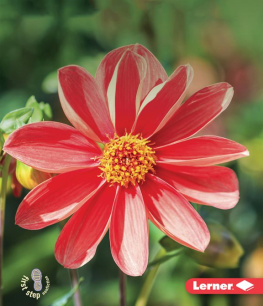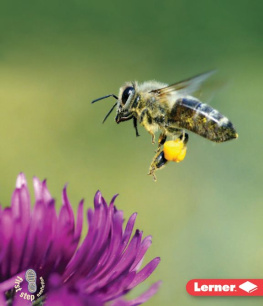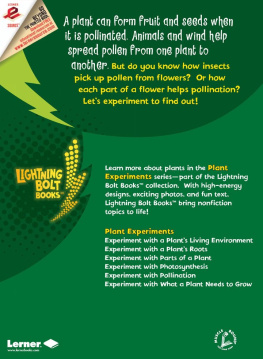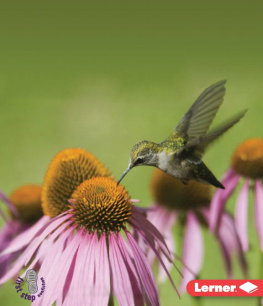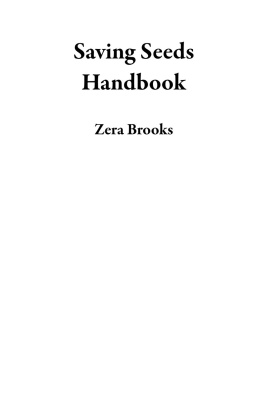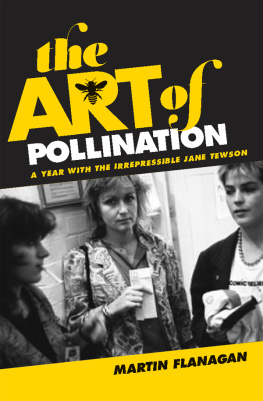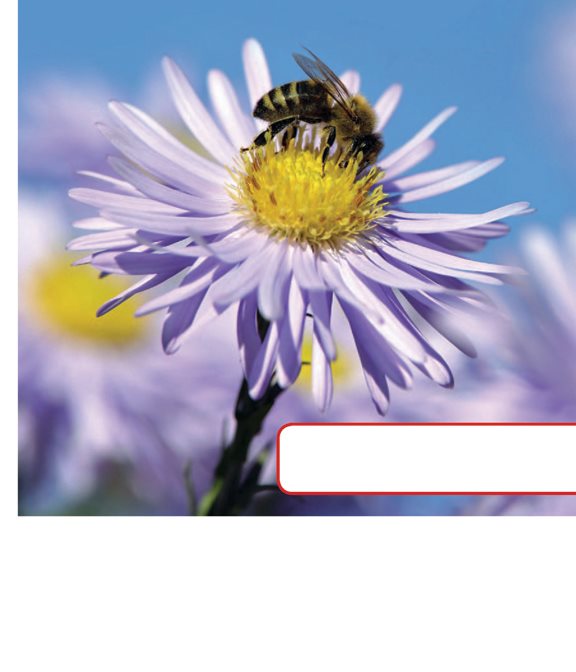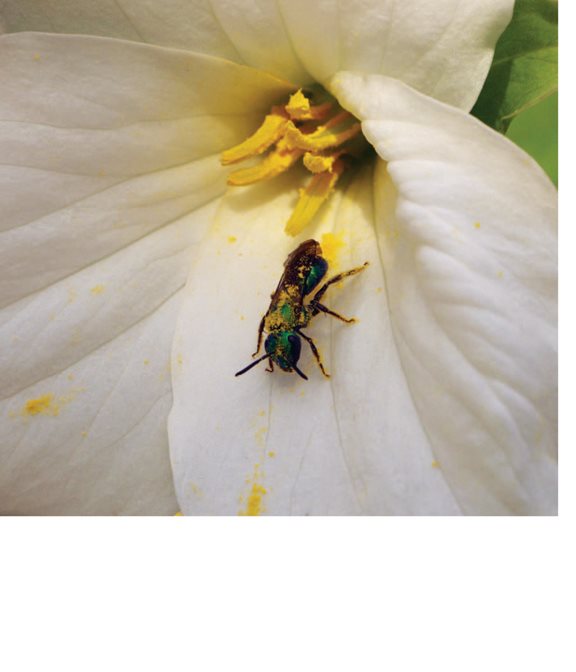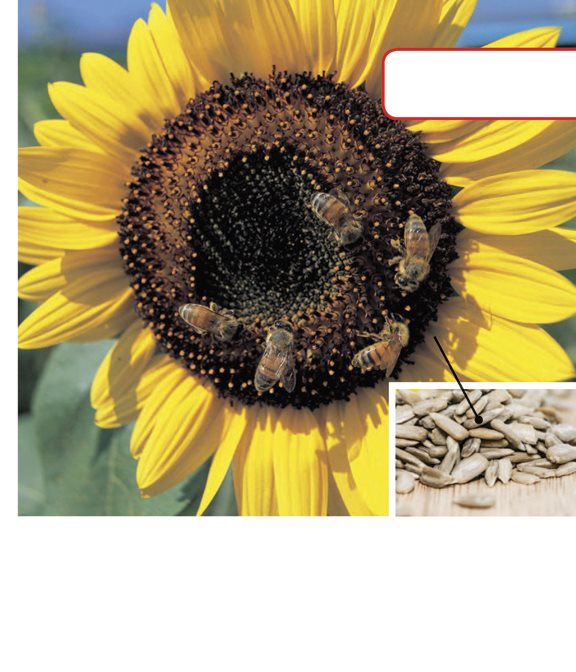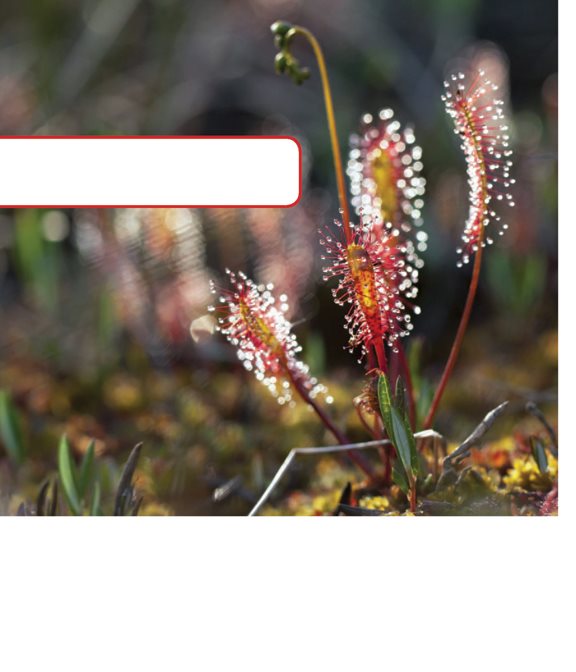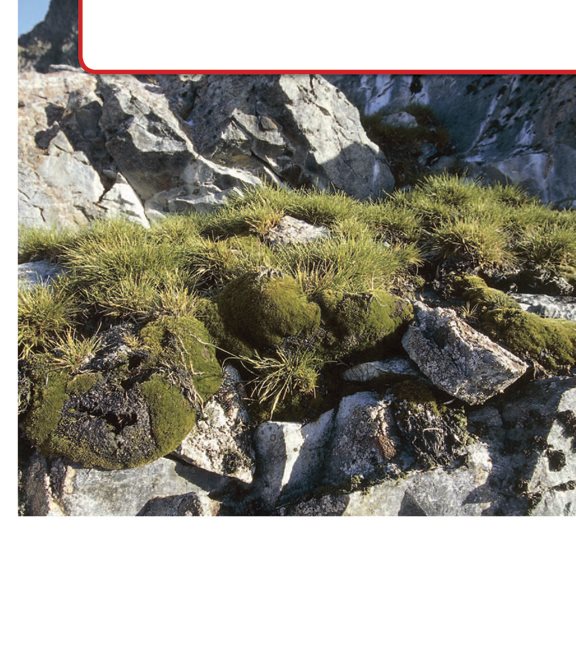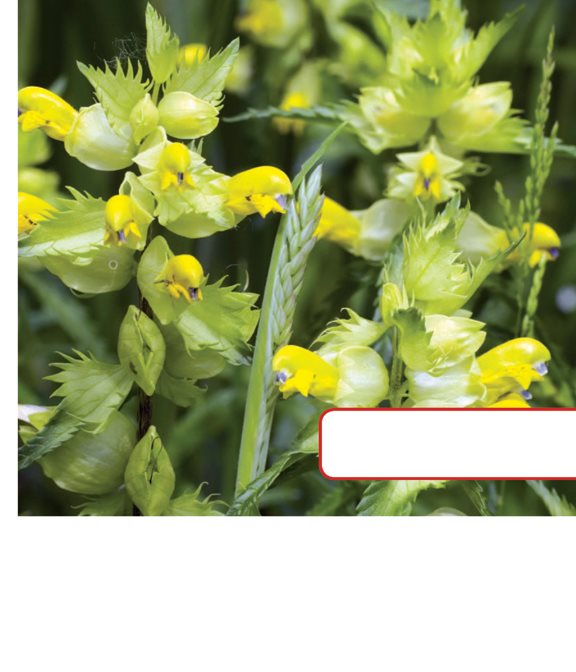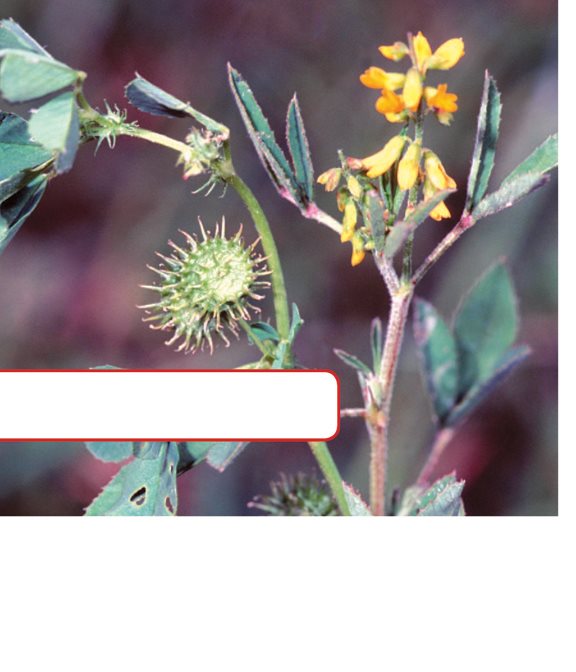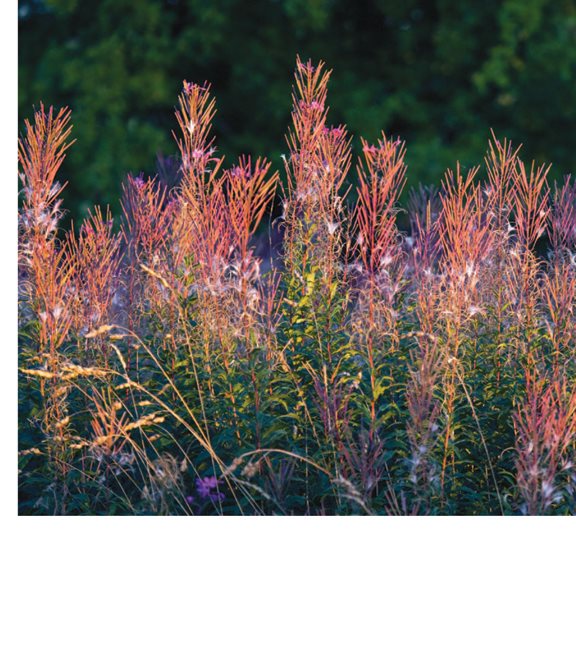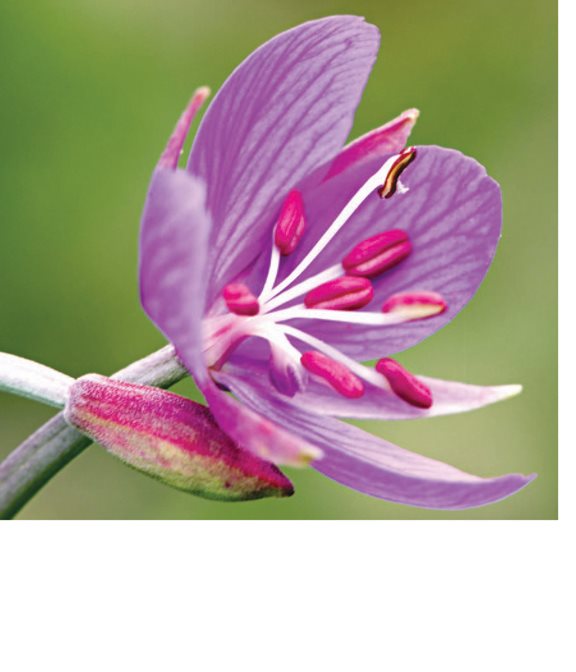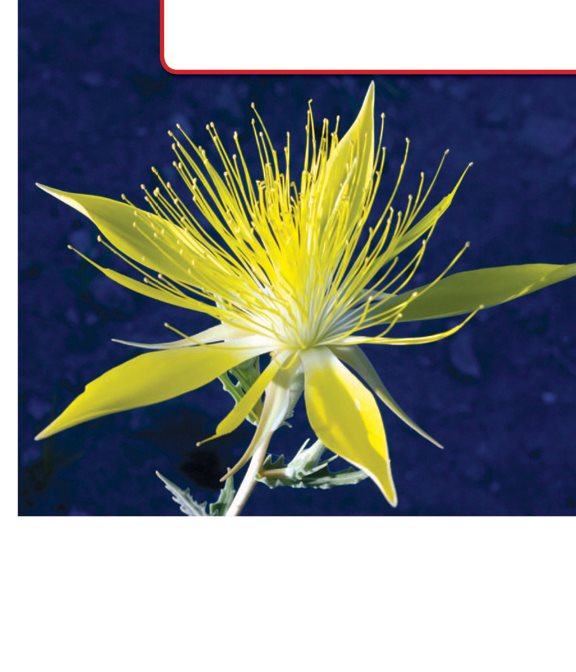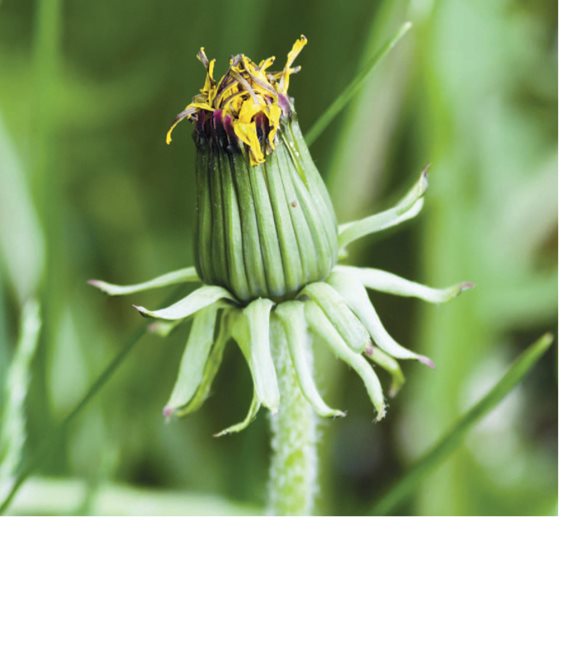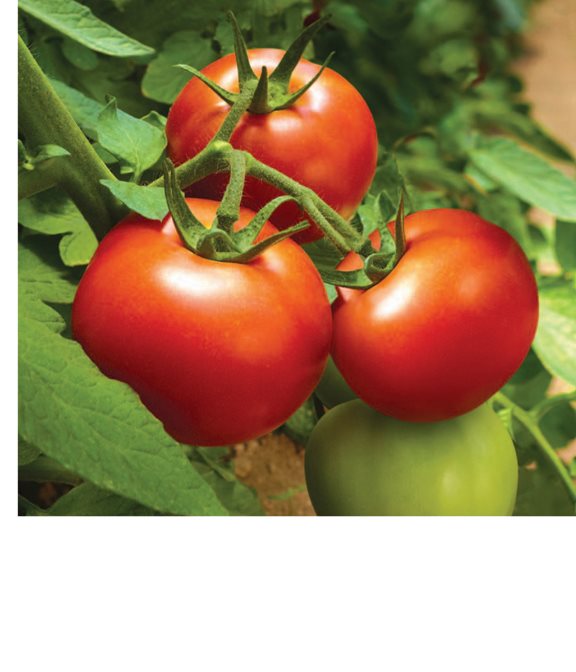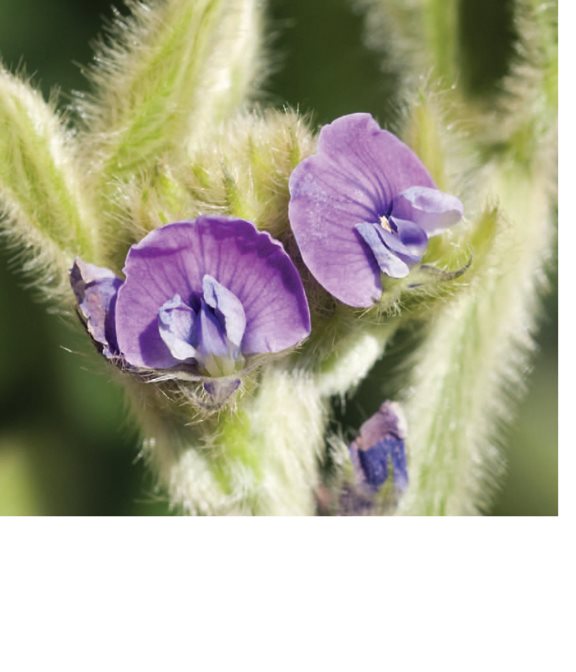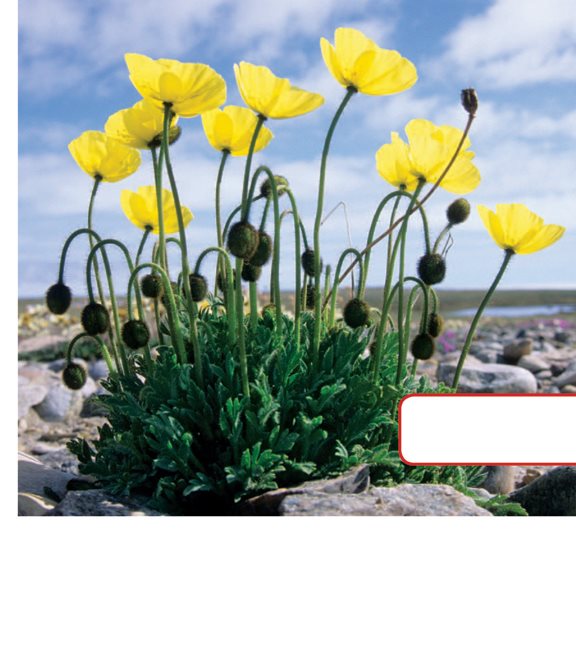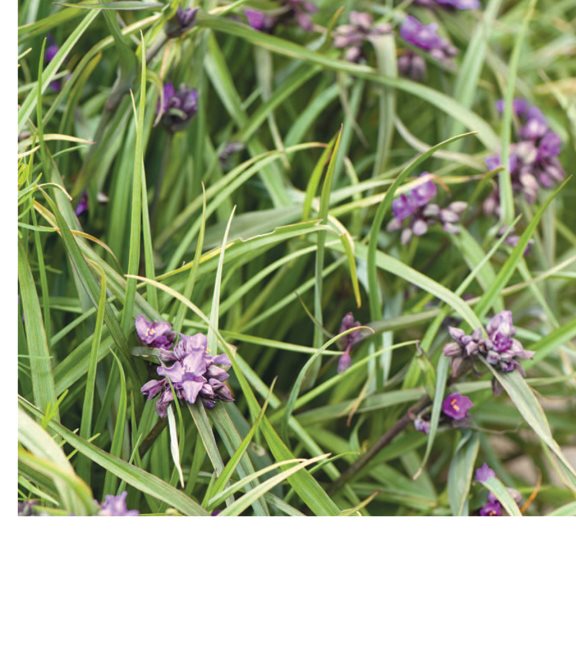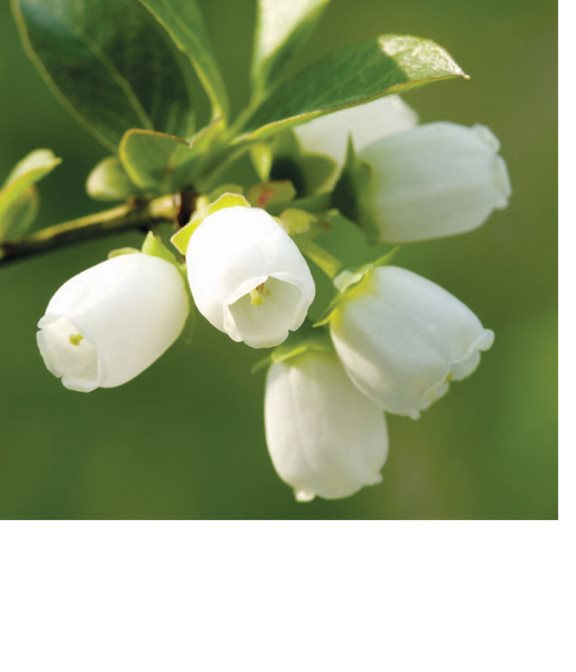Self- Pollination
by Jennifer Boothroyd
Expand learning beyond the printed book. Download free, complementary
educational resources for this book from our website, www.lerneresource.com.
Copyright 2015 by Lerner Publishing Group, Inc.
All rights reserved. International copyright secured. No part of this book may be reproduced, stored in
a retrieval system, or transmitted in any form or by any meanselectronic, mechanical, photocopying,
recording, or otherwisewithout the prior written permission of Lerner Publishing Group, Inc., except
for the inclusion of brief quotations in an acknowledged review.
The images in this book are used with the permission of: Sodapix/Thinkstock, p. 4; vencavolrab/
iStock/Thinkstock, p. 5; iStockphoto.com/bkkm, p. 6; TongRo Images/Thinkstock, p. 7;
HandmadePictures/iStock/Thinkstock, p. 7 (inset); iStockphoto.com/Risto0, p. 8; DEA/C.
DANI/I.JESKE/De Agostini/Getty Images, p. 9; Greg Dimijian/Photo Researchers/Getty Images,
p. 10; iStockphoto.com/Mantonature, p. 11; blickwinkel/Alamy, p. 12; Ron Evans/Getty
Images, p. 13; Alan Majchrowicz/Photolibrary/Getty Images, p. 14; Kevin Schafer/Alamy, p. 15;
S-e-v-e-r-e/iStock/Thinkstock, p. 16; iStockphoto.com/hseyin harmandagl, p. 17; iStockphoto
.com/Nancy Nehring, p. 18; Wayne Lynch/All Canada Photos/Alamy, p. 19; WILDLIFE GmbH/
Alamy, p. 20; Anne Gilbert/Alamy, p. 21; KPG_Payless/Shutterstock.comp. 22.
Front cover: Vladimir Melnik/Shutterstock.com.
Main body text set in ITC Avant Garde Gothic Std Medium 21/25.
Typeface provided by Adobe Systems.
Lerner Publications Company
A division of Lerner Publishing Group, Inc.
241 First Avenue North
Minneapolis, MN 55401 USA
For reading levels and more information, look up this title at www.lernerbooks.com.
Library of Congress Cataloging-in-Publication Data
Boothroyd, Jennifer, 1972
Self-pollination / by Jennifer Boothroyd.
pages cm. (First step nonfiction - Pollination)
Includes index.
ISBN 978-1-4677-5740-9 (lib. bdg. : alk. paper)
ISBN 978-1-4677-6227-4 (eBook)
1. Self-pollinationJuvenile literature. I. Title. II. Series: First step nonfiction. Pollination.
QK926.B663 2015
571.8642dc23 2014019897
Manufactured in the United States of America
1 CG 12/31/14
Table of Contents
Pollination
Look at this bee. Pollen
from a flower is sticking to
its legs!
The pollen falling off this bee
pollinates the new flower.
The bee flies to a different
flower. This flower gets
pollinated.
Most plants are pollinated
with pollen from other
plants.
Pollinated plants
can grow seeds.
seeds
This kind of pollination is
called cross- pollination.
English sundews make seeds
using their own pollen.
Self- pollinating plants use
their own pollen to grow
seeds.
How Self- Pollination Works
Some self- pollinating plants
live in places with extreme
weather.
Few bees or other insects
can live in these spots.
Yellow rattle plants grow
where it is cold and dry.
Luckily, many self- pollinating
plants do not need help
from insects.
Pollen does not have to move far
on these small bur clover flowers.
Self- pollinating plants often
have smaller flowers.
The smaller size makes it
easier for the plant to self-
pollinate.
The pollen made by the
plant rubs off inside the
flower.
Self- Pollinating Plants
Many kinds of plants self-
pollinate.
Dandelions self- pollinate.
Tomato plants self- pollinate.
Soybeans self- pollinate.
Arctic poppies
grow in Alaska.
Arctic poppies self- pollinate.
Lettuce pollinates
before the flowers open.
Lettuce self- pollinates.
Concord grapes self- pollinate.
Pollination is an important
part of the life of a plant.

